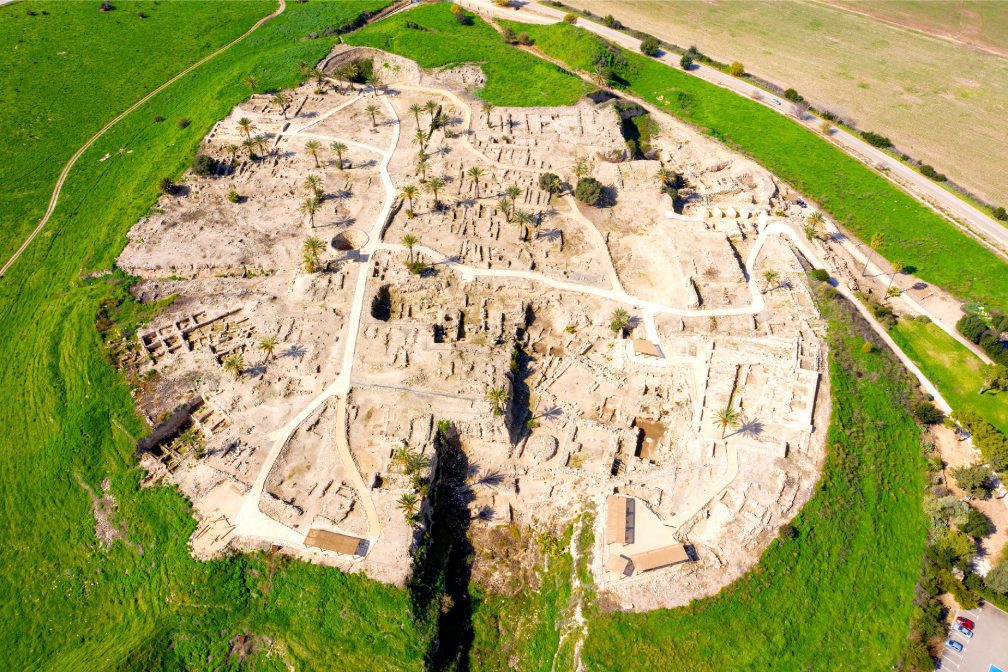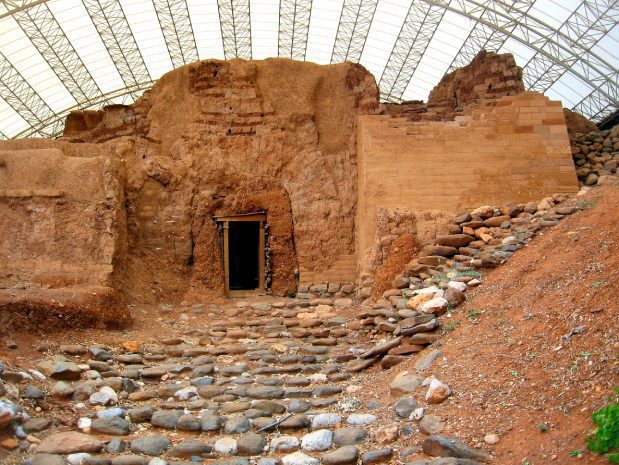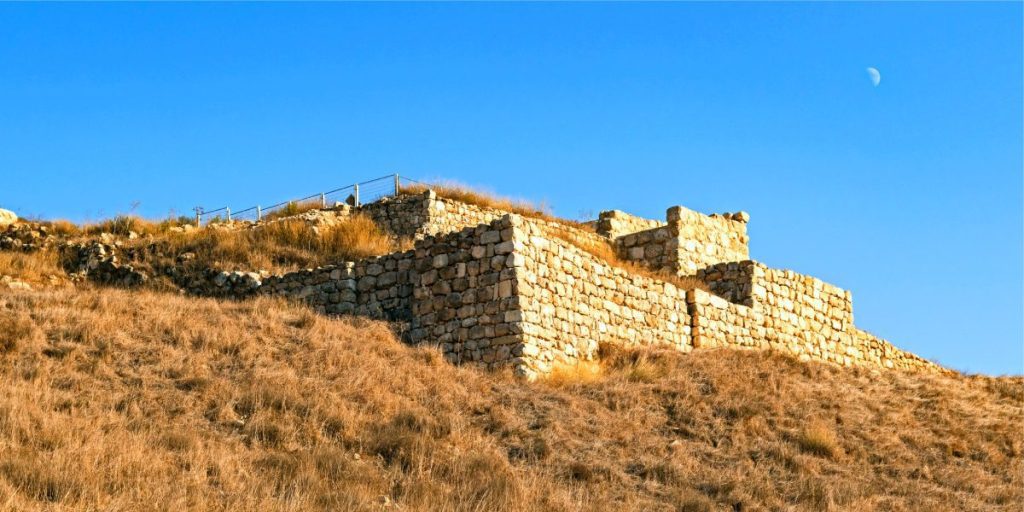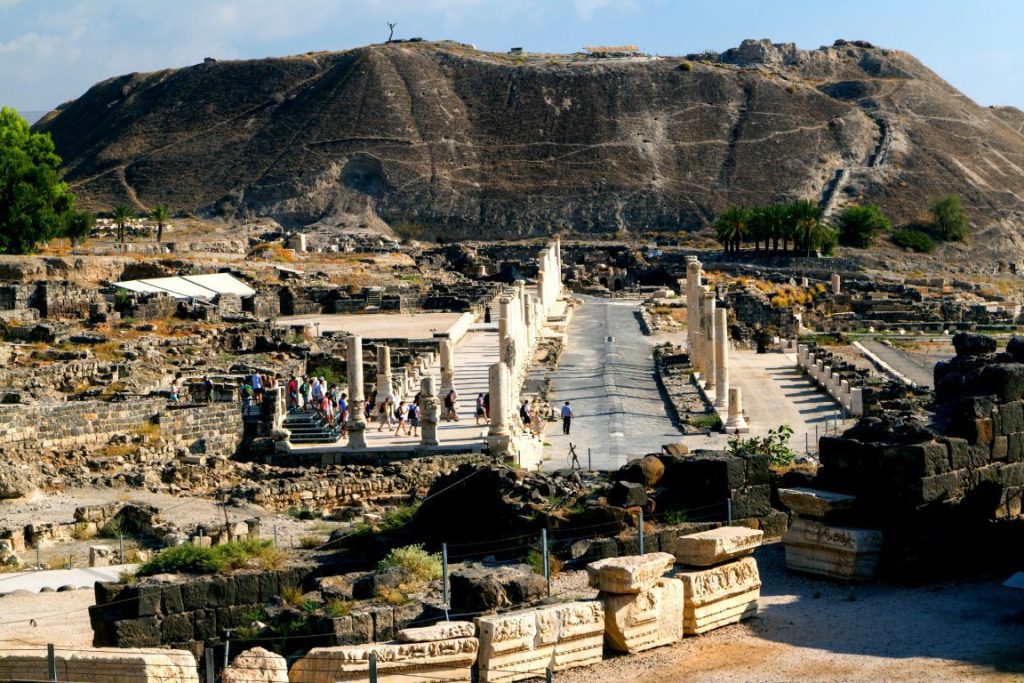So what are archaeological Tels like Megiddo? How are they formed exactly? In this post, I will try and answer these questions, and much more! trying to simplify the subject to those interested to visit Israel and for sure encounter a tell or two while touring the Holy Land. So let’s begin with a simple definition of what exactly is archeological tel.

What is an Archaelogical Tel ?
So an Archaeological Tels is an artificial hill created by many generations of people living and rebuilding on the same spot. Over time, the level rises, forming a mound (tell an Arabic). Now the single biggest contributor to the mass of a tell is mud bricks; which disintegrate rapidly. Excavating a tell can reveal buried structures such as government or military buildings; religious shrines, and homes, located at different depths; depending on their date of use. Also, they often overlap horizontally; vertically, or both. Archaeologists excavate tell sites to interpret architecture, purpose, and date of occupation.
What is Continuity of Cult?
But let’s say we found a very impressive archaeological tel, how do we make sense of it? So in modern excavations unlike in past excavations like in the 19th century when archaeologists were more like tomb robbers than real scientists. Today you have scientific methods that can assist to make sense of this huge amount of information found in archaeological excavations.

Archaeological Tels and the Concept of Startiggrpahy
When archaeological finds are below the surface of the ground (as is most commonly the case); the identification of the context of each find is vital in enabling the archaeologist to draw conclusions about the site and about the nature and date of its occupation. It is the archaeologist’s role to attempt to discover what contexts exist and how they came to be created. Archaeological stratification or sequence is the dynamic superimposition of single units of stratigraphy, or contexts. For example, Let’s we found a broken bowl on the button of a tell. Where we found it exactly is crucial. If we found it on the very bottom of the tell it would be dated to the Early Bronze Age. Or if we found a little higher so it must be dated to the Iron Age and so on.

To make sense of the different stratum of archaeological tels is extremely important. Now stratigraphy has a couple of cool rules. I will try to make sense of some of them. First, the principle of superposition: which basically means that within a series of archaeological layers and interfacial features; as originally created; the upper units of stratification are younger and the lower is older; for each must have been deposited on; or created by the removal of, a pre-existing mass of archaeological stratification. In other words, biblical tels are like some kind of a time capsule you know? Something that happened in the 12 century can’t be found under the layer of the 5th right? because there is a chronology of time.








